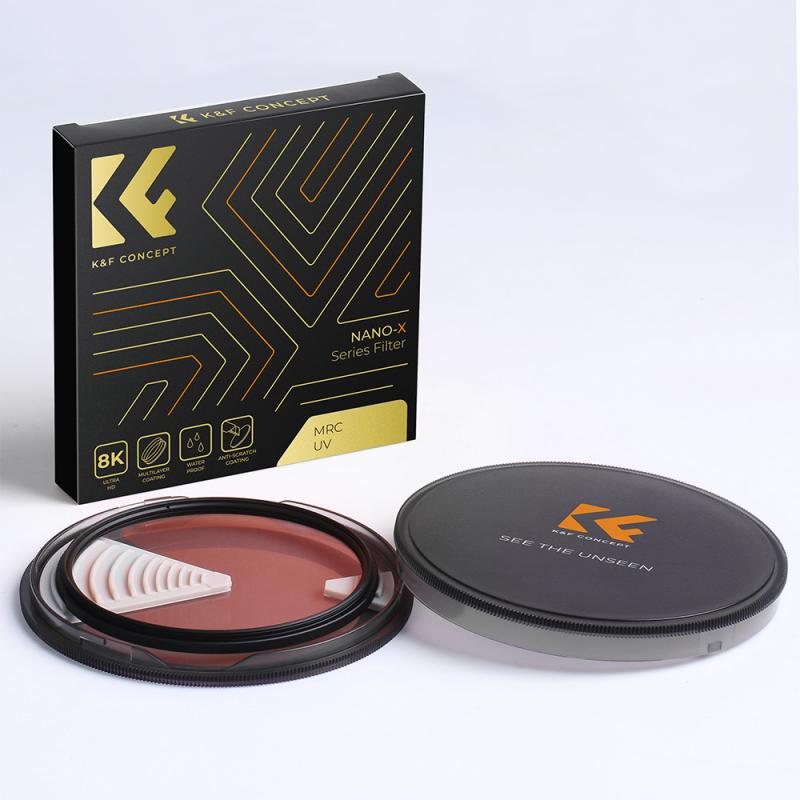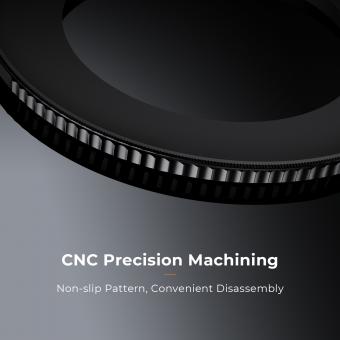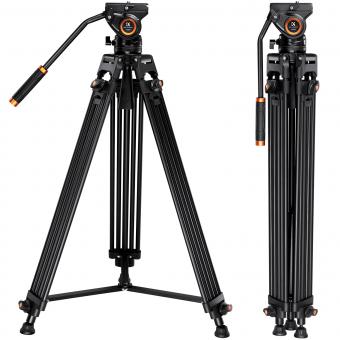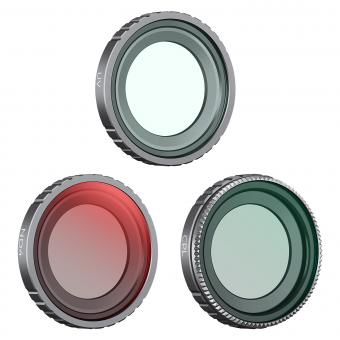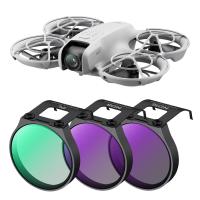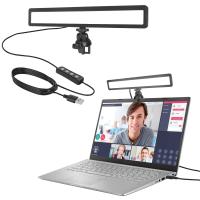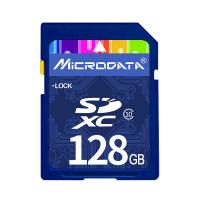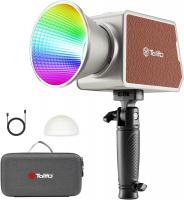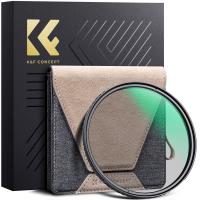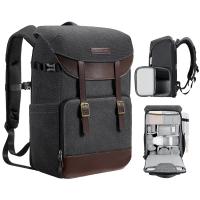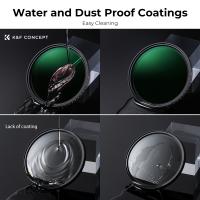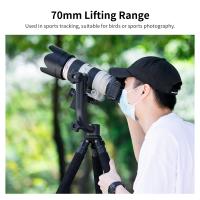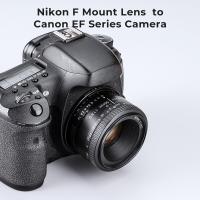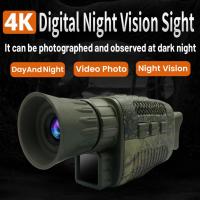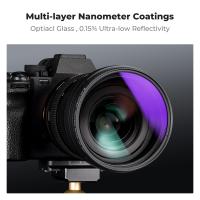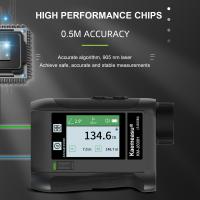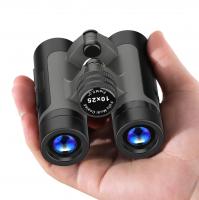How Do You Get Filters On Your Camera ?
To get filters on your camera, you can purchase them separately and attach them to the lens of your camera. Filters come in various types, such as UV filters, polarizing filters, neutral density filters, and color filters, among others. Each type of filter serves a different purpose and can enhance your photography in different ways. When purchasing filters, make sure to choose the correct size that matches the diameter of your camera lens. To attach a filter, simply screw it onto the front of your lens. Filters can help reduce glare, improve color saturation, control exposure, and create various artistic effects in your photographs.
1、 Screw-on filters: Attachable filters that screw onto the lens.
How do you get filters on your camera? One common method is by using screw-on filters. These filters are attachable and can be screwed directly onto the lens of your camera. They come in various sizes to fit different lenses and are widely available in camera stores and online.
Screw-on filters are a popular choice among photographers due to their convenience and ease of use. They can be quickly attached or removed, allowing photographers to experiment with different effects or adjust the image according to their preferences. These filters come in a wide range of types, each serving a specific purpose.
For instance, UV filters are commonly used to protect the lens from scratches, dust, and moisture. They also help reduce the bluish cast that can occur in certain lighting conditions. Polarizing filters, on the other hand, are used to enhance colors, reduce reflections, and improve contrast in outdoor photography. Neutral density filters are useful for controlling the amount of light entering the camera, allowing for longer exposures or wider apertures in bright conditions.
In recent years, advancements in technology have led to the development of more specialized screw-on filters. Some filters now incorporate anti-reflective coatings to minimize flare and ghosting, while others are designed to reduce light pollution for astrophotography. Additionally, there are filters specifically tailored for video recording, such as variable ND filters that allow for smooth exposure adjustments while shooting.
Overall, screw-on filters provide photographers with a versatile and practical solution for enhancing their images. Whether you're a professional or an amateur, these filters can help you achieve the desired effects and protect your lens at the same time.

2、 Drop-in filters: Filters inserted into a designated slot in the camera.
How do you get filters on your camera? Drop-in filters: Filters inserted into a designated slot in the camera.
Drop-in filters are a popular way to enhance the capabilities of your camera and add creative effects to your photographs. These filters are inserted into a designated slot in the camera, allowing you to easily switch between different filters without the need for external attachments or complicated setups.
To use drop-in filters, you first need to ensure that your camera is compatible with this feature. Many high-end DSLR and mirrorless cameras come with a built-in drop-in filter slot, while others may require an adapter or an additional accessory to accommodate these filters.
Once you have confirmed compatibility, you can purchase drop-in filters that suit your specific needs. These filters come in various types, such as neutral density (ND) filters, polarizing filters, and color filters, among others. Each filter serves a different purpose, allowing you to control exposure, reduce glare, enhance colors, or create artistic effects.
To insert a drop-in filter, locate the designated slot on your camera and carefully slide the filter into place. Some cameras may have a latch or locking mechanism to secure the filter in position. Once inserted, you can adjust the filter's settings or rotate it to achieve the desired effect.
The use of drop-in filters provides several advantages. Firstly, they offer convenience and ease of use, as they eliminate the need for external filter holders or screw-on attachments. Additionally, drop-in filters are typically larger in size compared to traditional filters, allowing for better image quality and reduced vignetting.
In recent years, advancements in camera technology have led to the development of more sophisticated drop-in filters. Some cameras now offer electronic drop-in filters, which can be controlled and adjusted through the camera's menu system. This allows for greater flexibility and precision in applying filter effects.
In conclusion, drop-in filters are a convenient and effective way to enhance your camera's capabilities and add creative effects to your photographs. By inserting these filters into a designated slot in your camera, you can easily switch between different filters and achieve the desired results. With advancements in technology, the use of drop-in filters has become even more versatile and user-friendly, providing photographers with greater control over their images.
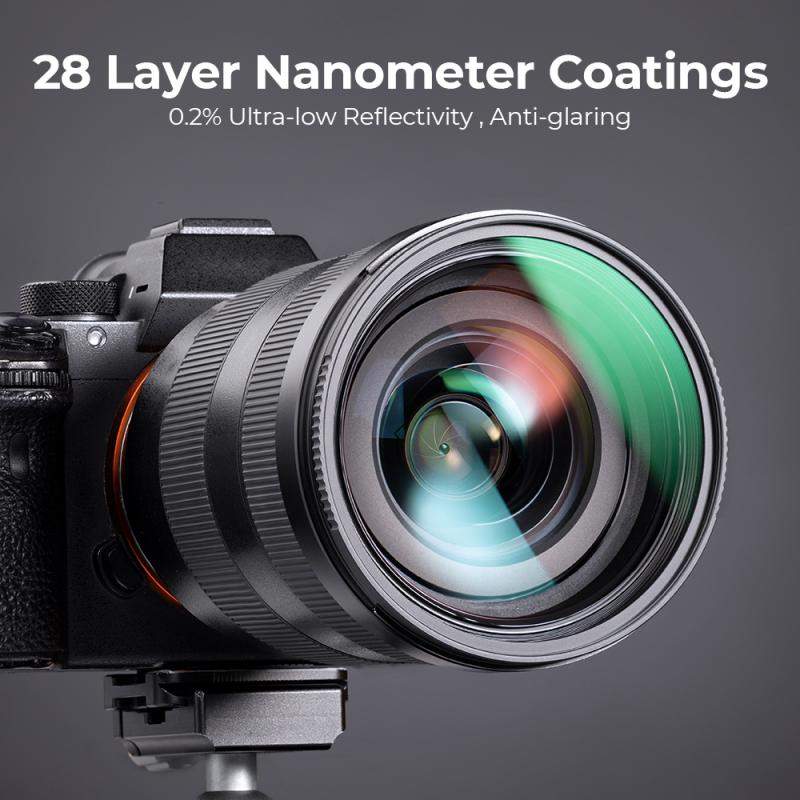
3、 Square/rectangular filters: Filters placed in a filter holder system.
How do you get filters on your camera? Square/rectangular filters: Filters placed in a filter holder system.
To get filters on your camera, one popular option is to use square or rectangular filters that are placed in a filter holder system. This method allows for greater flexibility and control over the type of filters you can use.
The filter holder system typically consists of a filter holder that attaches to the front of your camera lens, and slots where you can insert different filters. These filters come in various sizes and types, such as neutral density filters, graduated neutral density filters, polarizing filters, and color filters.
Using square or rectangular filters offers several advantages. Firstly, they can be easily stacked or combined to achieve different effects. For example, you can stack a neutral density filter with a graduated neutral density filter to balance exposure in a high-contrast scene. Secondly, square or rectangular filters can be easily adjusted and repositioned within the holder, allowing for precise control over the area of the image that is affected by the filter.
Additionally, square or rectangular filters are often made of high-quality glass or resin, ensuring minimal impact on image quality. They also tend to be more durable and resistant to scratches compared to screw-on filters.
It's worth noting that while square or rectangular filters offer versatility, they do require an initial investment in the filter holder system and individual filters. However, many photographers find that the creative possibilities and control they provide make them a worthwhile investment.
In conclusion, to get filters on your camera, consider using square or rectangular filters placed in a filter holder system. This method offers flexibility, control, and the ability to stack filters for various effects.
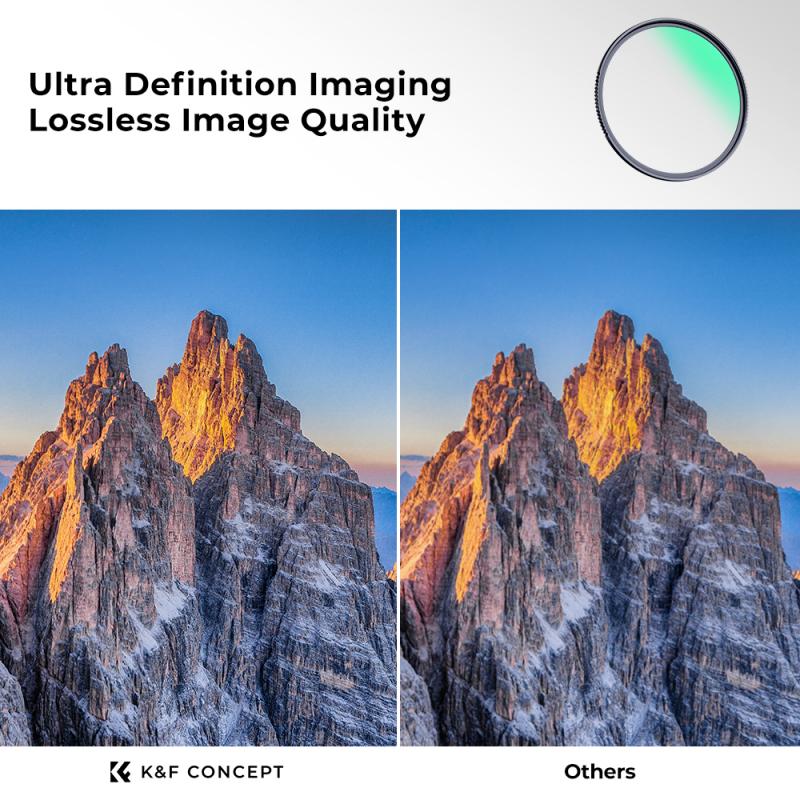
4、 Magnetic filters: Filters attached to the lens using magnets.
How do you get filters on your camera? Magnetic filters: Filters attached to the lens using magnets.
Magnetic filters have become increasingly popular among photographers due to their convenience and versatility. These filters are designed to be attached to the lens using small magnets, eliminating the need for complicated filter holders or screw-on attachments. With magnetic filters, photographers can quickly and easily switch between different filters without wasting time or risking damage to their equipment.
The process of using magnetic filters is straightforward. First, you need to attach a magnetic ring to the front of your lens. This ring has a strong magnet embedded in it, which allows the filters to securely attach to the lens. Once the ring is in place, you can simply snap on the desired filter, and it will stay firmly in position until you decide to remove it.
Magnetic filters offer a wide range of options, including neutral density filters, polarizers, graduated filters, and more. These filters allow photographers to control exposure, reduce glare, enhance colors, and create artistic effects. Additionally, magnetic filters are available in various sizes, making them compatible with different lenses.
One of the advantages of magnetic filters is their compact size and portability. They take up minimal space in your camera bag, allowing you to carry a variety of filters without adding bulk. Moreover, magnetic filters are often made from high-quality materials, ensuring optimal image quality and minimizing any potential degradation.
In conclusion, magnetic filters provide a convenient and efficient way to enhance your photography. With their easy attachment and versatility, they have become a popular choice among photographers of all levels. Whether you are a professional or an amateur, magnetic filters can help you achieve the desired effects and elevate your photography to the next level.
